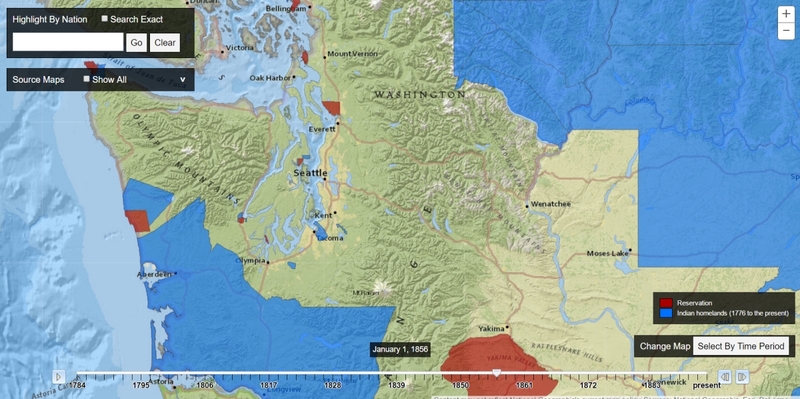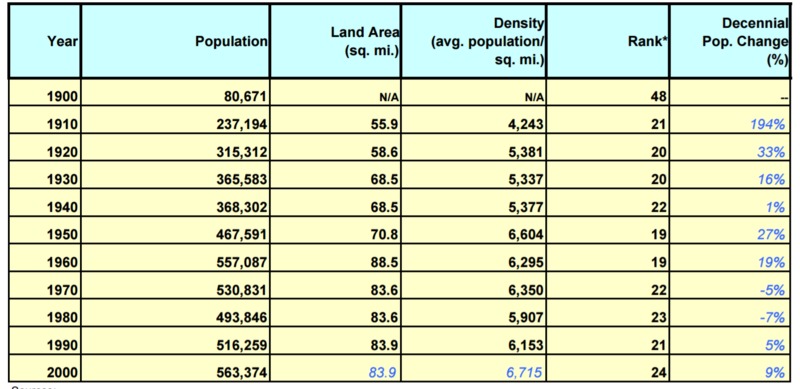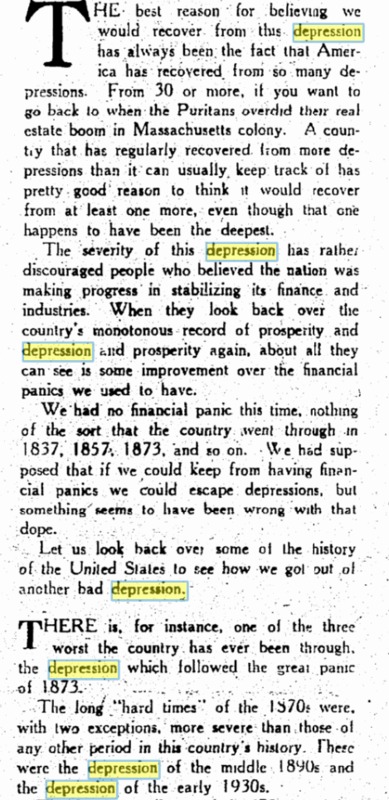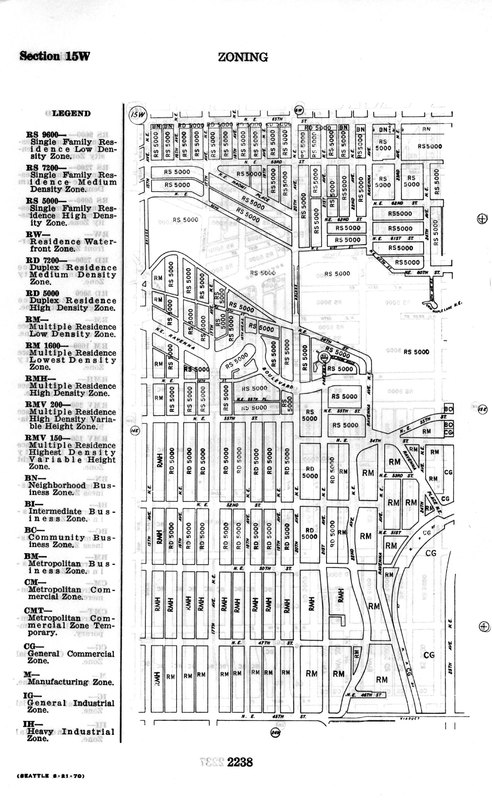Site Report 3

Map of Native American Land in 1855 compared to U.S Americans. (Washington). National Geographic

Map of Native American Land in 1856 compared to U.S Americans. (Washington). National Geographic

Census Data of Seattle from 1900 to 2000. U District(Seattle WA). Created April 12, 2001. City of Seattle Strategic Planning Office.

A Seattle Times News Article about the Great Depression. Seattle Times Company.

A map of the University District in 1972 showing the different zones of the area. University District (Seattle, WA). Taken on December 9, 1972. UW Digital Collections.

Document telling the early history of Seattle. 2/16/17. Seattle Municipal Archives
The block between University Way and 15th ave NE, and 47th St. and 50th St NE will be commonly known for accommodating to migrants. Before the U.S Americans migrated west for the Gold Rush of 1849, Native Americans lived in the area. In only one year after 1855, the whole Seattle area was taken over by the U.S Americans. In this case, the U.S Americans were the ones migrating.
According to the Seattle Planning Offices, the years between 1900 and 1910 had a 194% increase in population from 80,000 to nearly 240,000 people all in the span of ten years. Seattle can thank the discovery of gold in Alaska and western Canada for this. The Seattle Archives mentions Seattle’s continuing growth stemmed from the discovery of advertisement and the creation of two convenient railroad systems in the early 1900s. This growth caused people of every race to migrate towards Seattle, making Seattle’s population extremely diverse. People brought religion to my block, which created the University Christian Church in 1901 which still stands today. The U-District’s Asian community largely developed during this time. The once, heavily forested U-District area had been cut down for this urbanization.
Seattle then hosted the Alaska-Yukon-Pacific Exposition in 1909 in order to show off the pacific northwest’s growth and development. The booming economy, along with the large amount of travelers, created a need for living space. The block of University Way and 15th ave NE and many areas around it built this living space. The College Inn, still here today, was among one of the buildings created for this.
When the Great Depression hit the U.S, Seattle’s development slowed. Even so, there was another large amount of people who migrated to Seattle causing the need for more living space. In 1956, The National Interstate and Defense Highways Act was signed, which would change the lifestyle of all Americans to this day. As highways were created for cars to travel, parking lots would be created in order to accommodate to people driving to the U-District.
Today, the block between University Way and 15th ave NE contains many large apartment buildings and is home to many Asian businesses.
